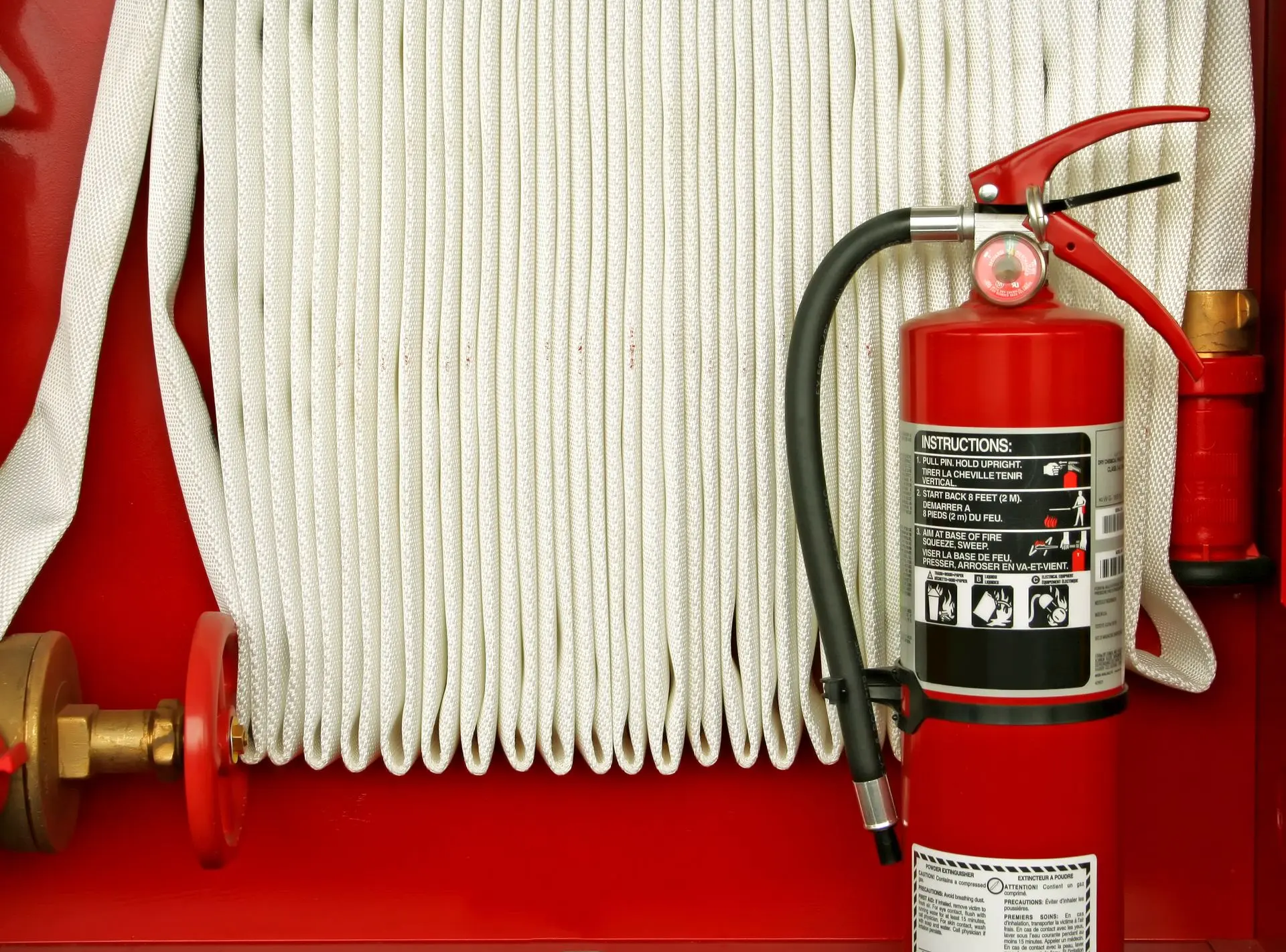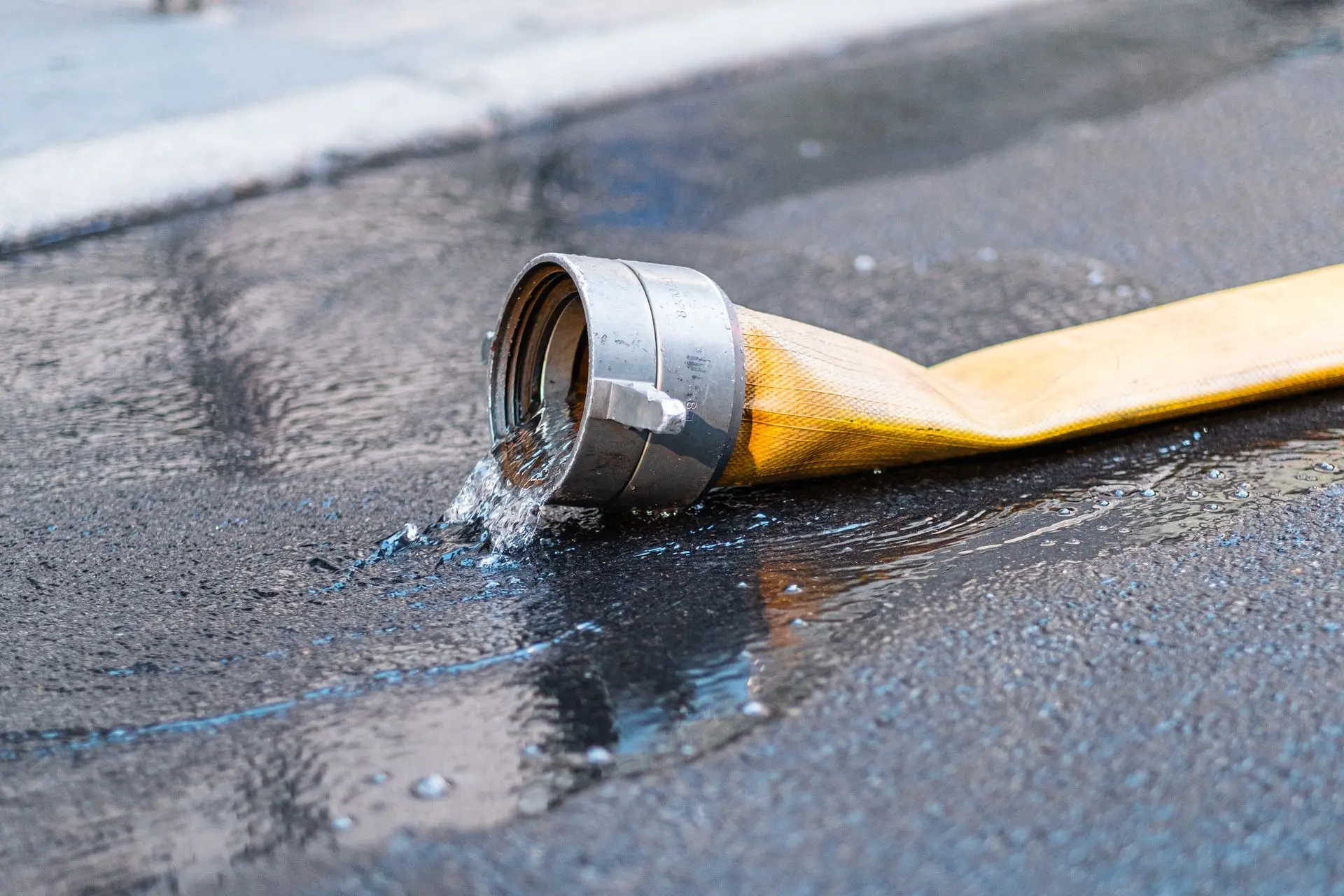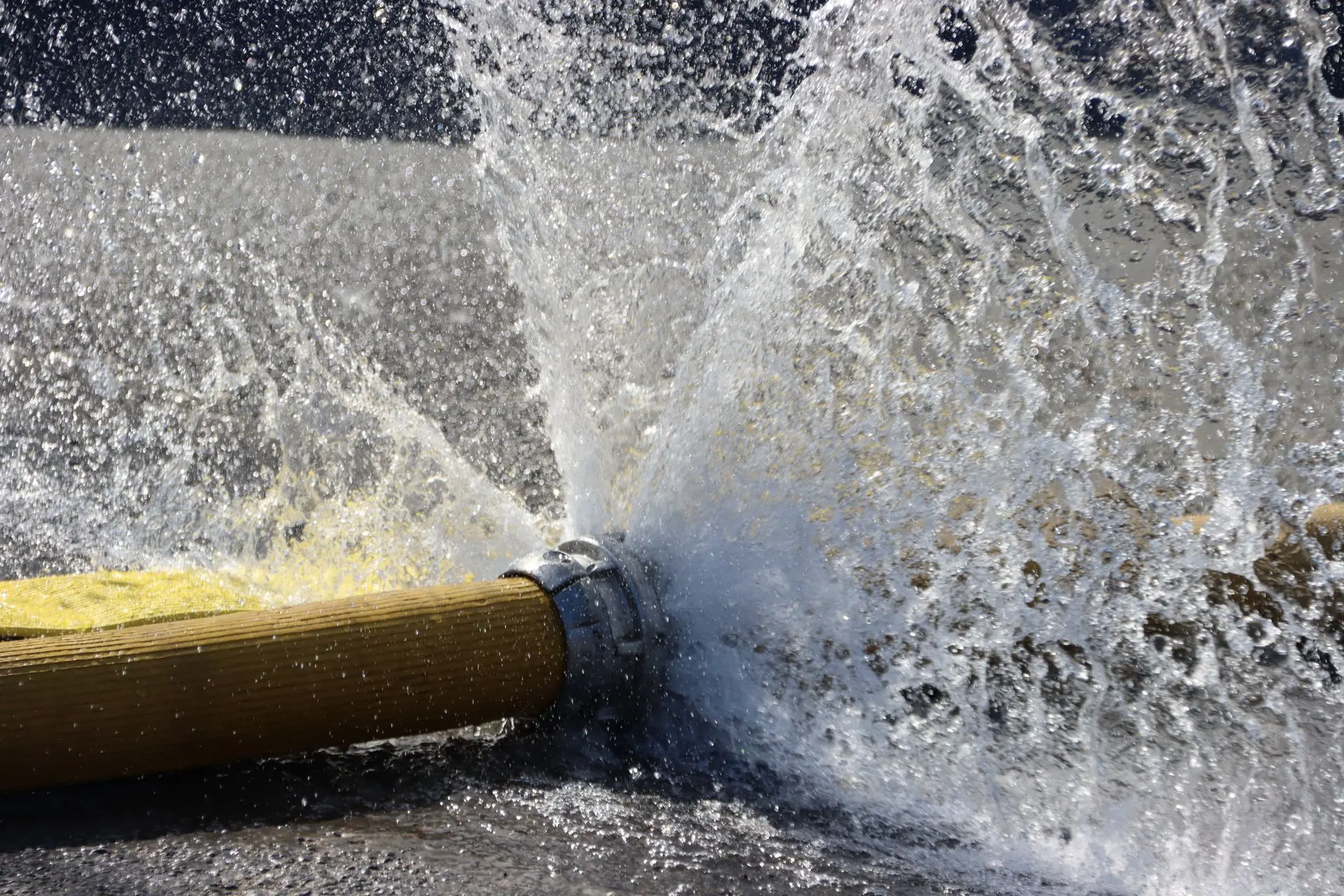Fire Hoses
When it comes to fire safety, one of the most crucial aspects is ensuring that all equipment is in top-notch condition—especially when lives are on the line. Fire hoses, particularly those designed for occupant use in buildings, are a key part of this safety protocol. But how can you be sure that your fire hose will perform when it’s needed most? That’s where NFPA 1962 comes in.
NFPA 1962 is the standard for the inspection, maintenance, testing, and retirement of fire hoses. It outlines specific guidelines for how and when fire hoses should be tested to make sure they are ready to perform under pressure.

Annual Inspections
Semi-Annual & Monthly
We conduct a thorough inspection, checking for abrasions, cuts, leaks, mildew, or signs of deterioration on the hose body. Fire hoses should be un-racked and re-racked at least once a year to physically check for any damage or wear, ensuring the hose remains in good condition.
- Regular semi annual / monthly checks help identify any issues early, ensuring your fire hoses are always in optimal working condition.

Service Testing Intervals
Hydro-static Testing / Repairs
According to NFPA 1962, fire hoses designated for
occupant use must be removed from service and tested for
serviceability on a regular basis. Here’s a breakdown of the testing
schedule:
- First Service Test: The hose must undergo a service test 5 years after the date of manufacture.
- Subsequent Service Tests: After the initial 5-year test, the hose must be tested every 3 years thereafter.

Service
Replacement
When repairs are not feasible, we offer a selection of high-quality fire extinguishers for replacement. Ensure you have the right equipment for your needs.
- If a hose fails the service test, it must be retired or repaired. NFPA 1962 provides guidance on when a hose should be taken out of service permanently, ensuring that only reliable hoses are in use.
Fire hose maintenance is not something to overlook. Regular testing and inspection are vital steps to ensure that your fire hoses are ready to protect the people who rely on them. By following the guidelines set forth in NFPA 1962, building owners and safety professionals can help guarantee that their in-service hoses will be up to the task in an emergency.
Remember, the 5-year and 3-year testing schedule is more than just a recommendation—it’s a critical safety requirement designed to protect lives and property. Don’t wait until an emergency to find out if your hose is up to standard. Regular testing can make all the difference in ensuring that your fire safety equipment works when you need it most.